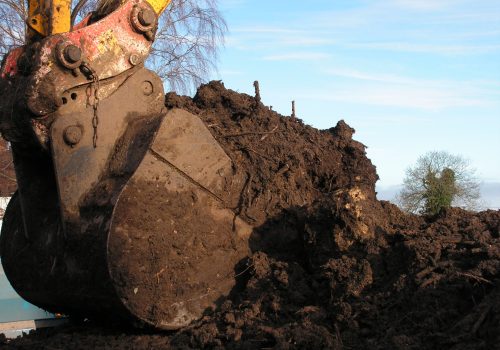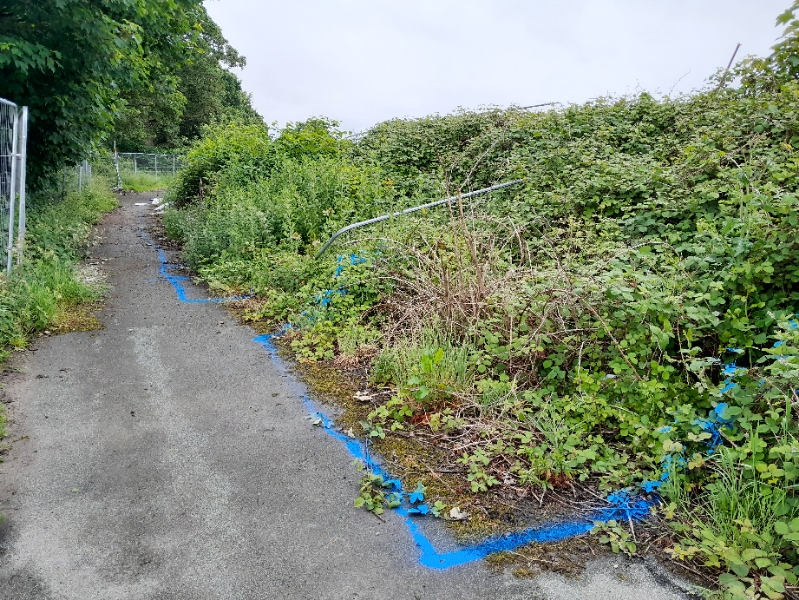
Stockpiling knotweed
Ask us about this knotweed control option for your planned development sites, it could be applicable and may save on project costs.

Whether you encounter or suspect knotweed on your property, a building project or as part of a maintenance scheme, please ensure you follow these basic guidelines.
Finding (or suspecting) knotweed on your land or property can be stressful. To ensure you do the right thing, we advise that you do not touch the knotweed, or attempt to a DIY solution as this will make the affected site worse in the long run.
Follow these four rules to keep the knotweed confined.
LEAVE the Japanese knotweed alone.
CHECK if you have Japanese knotweed by using a knotweed identification service.
HIRE a certified expert to properly remove Japanese knotweed.
INFORM workers onsite of a possible infestation.

It’s vital for biosecurity reasons to avoid risk of further contamination or spread. Japanese knotweed is classed as ‘noxious waste’ and as such is required to be removed to a licensed landfill, by a licensed contractor. These rules will guide you whilst organising a remediation solution.
IGNORE Japanese knotweed. If you’re unsure, verify using a professional service.
DIY or attempt to remove it on your own without professional guidance, as improper removal can lead to its spread.
CUT OR TRIM down the any Japanese knotweed growth.
TREAT the Japanese knotweed yourself with herbicide.
DISTURB the ground within 2-3 metres of the knotweed.
DISPOSE of any knotweed material, or ground within 5m of the knotweed, off-site.
ALLOW TRAFFIC through the affected area.
COVER the Japanese knotweed areas.


Ask us about this knotweed control option for your planned development sites, it could be applicable and may save on project costs.

Changes to Stamp Duty thresholds planned for March 2025 create incentive for house sales. See why getting a knotweed survey is the best thing you can do to get a sale.